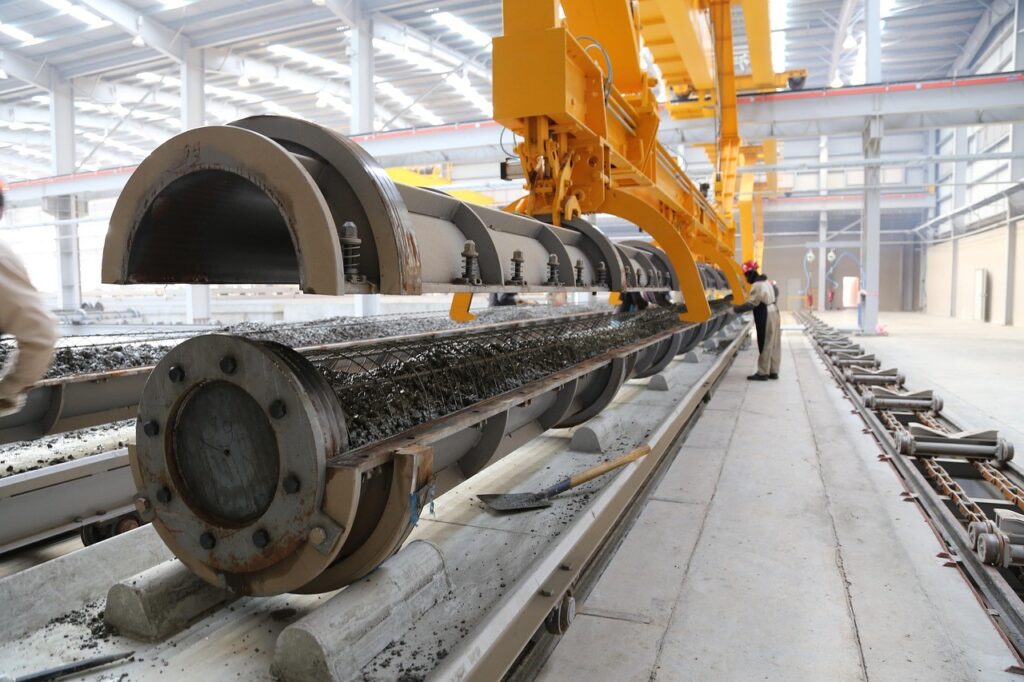Old-school maintenance is dead. AI-driven Asset Performance Management (APM) is transforming high-performance manufacturing by predicting failures before they happen. With IoT sensors and machine learning, learn how smart manufacturers cut costs, prevent downtime, and optimize efficiency.
Introduction
Once upon a time, Asset Performance Management (APM) was just another maintenance routine. Not anymore. Machines today generate massive amounts of data, and smart manufacturers know that using this data effectively is the key to staying ahead. If you’re not leveraging APM to boost efficiency and cut costs, you’re already behind.
The new reality of asset performance management

Here’s the shift: APM is no longer about reacting to breakdowns. It’s about predicting them. This is why, with an objective to optimize performance manufacturing companies are working to automate and digitize asset performance management. With AI, IoT sensors, and machine learning, manufacturers can monitor equipment health in real-time, anticipate issues, and act before problems escalate. The best in the business aren’t waiting for machines to fail. They’re preventing failures before they happen.
Why old-school maintenance no longer works
For years, manufacturers followed a simple rule: service machines on a fixed schedule. Sounds logical, right? Not really. Some machines break down sooner than expected, while others run smoothly past their maintenance dates. The result? Wasted resources, unnecessary downtime, and higher costs.
Enter predictive maintenance. Instead of guessing, manufacturers now analyze real-time machine data to spot early warning signs. If a component starts acting up, the system alerts maintenance teams to fix it before it fails. This approach slashes downtime, cuts maintenance costs, and extends equipment lifespan.
Think about it: unplanned downtime costs manufacturers billions every year. Every second of lost production eats into profits. APM changes the game by eliminating guesswork and turning maintenance into a strategic advantage.
How AI and IoT are reshaping APM
Artificial intelligence (AI) and IoT sensors are revolutionizing how manufacturing companies manage asset performance. Smart sensors embedded in machines continuously track temperature, vibration, pressure, and other critical data points. AI then steps in, analyzing this data to detect patterns humans might overlook.
Imagine a high-speed assembly line. Vibration sensors pick up a slight irregularity in a conveyor belt. The AI system processes the data and predicts a breakdown in two weeks. Without APM, that issue might go unnoticed until the entire line grinds to a halt. But with AI-driven insights, maintenance teams can fix the problem before it impacts production.
But APM isn’t just about avoiding failures—it’s about optimization. AI helps manufacturers fine-tune equipment settings, balance workloads, and maximize efficiency. The result? Smarter decision-making, fewer disruptions, and higher profitability.
Beyond maintenance: APM as a growth strategy
- Lower energy costs: Well-maintained machines use less power. APM helps optimize performance, reducing energy consumption and cutting operational expenses.
- Longer equipment life: Predictive insights prevent excessive wear and tear, allowing manufacturers to get more mileage out of their machines.
- Better production planning: Reliable equipment means fewer delays, helping businesses meet deadlines and boost customer satisfaction.
- Improved safety: Faulty machines put workers at risk. APM ensures equipment operates safely, reducing workplace hazards and keeping teams protected.
- Sustainability gains: Efficient machines generate less waste and lower carbon emissions. As businesses face increasing environmental regulations, APM helps meet sustainability goals while saving money.
The real magic happens with prescriptive analytics—APM’s next evolution. This approach doesn’t just predict failures; it suggests the best corrective actions. AI-driven recommendations help manufacturers adjust operations in real-time, maximizing output without disrupting workflows.
Real-world wins with APM
Leading manufacturers are already seeing huge benefits from AI-driven APM. But it’s not just large corporations reaping the rewards. Cloud-based APM solutions now make cutting-edge insights accessible to small and mid-sized manufacturers. Smaller companies can now compete with industry giants, optimizing their assets without breaking the bank.
Pharmaceutical manufacturers also rely on APM to maintain strict quality standards. A single equipment failure can lead to expensive regulatory compliance issues. With real-time asset monitoring, pharmaceutical firms avoid costly disruptions and ensure seamless production.
Breaking down barriers to adoption
If APM is so powerful, why isn’t every manufacturer using it? The biggest obstacles include data silos, legacy systems, and resistance to change. Overcoming these challenges requires strong leadership, seamless system integration, and workforce training.
Executives must stop seeing APM as just another IT upgrade. It’s a core business strategy that impacts productivity, costs, and long-term growth. Companies that commit to APM adoption—investing in the right technology and upskilling employees—gain a significant edge over competitors.
Choosing the right APM platform is also critical. The best solutions integrate seamlessly with ERP and MES systems, ensuring data flows smoothly across the organization. Real-time data sharing enables a more connected and proactive approach to asset management.
Training employees is just as important. The best APM tools mean nothing if teams don’t know how to use them effectively. Upskilling maintenance and operations teams ensures companies get the maximum return on investment.
Looking ahead: the future of APM
Asset Performance Management is evolving fast. AI will continue to get smarter, IoT sensors will become even more precise, and real-time decision-making will get better.
Sustainability will also take center stage. As environmental regulations tighten, manufacturers will need to prove they’re running energy-efficient operations. APM will be a key tool in meeting carbon reduction targets while keeping costs low. Digital twins—virtual replicas of physical assets—will also change the game. Companies will be able to test new optimization strategies in a simulated environment before applying them in real life. This will drive even greater efficiency and innovation.
Manufacturers who embrace APM now will lead the industry. Those who wait risk being left behind. The question isn’t whether to adopt APM—it’s how fast companies can integrate it into their operations.
Therefore, waste no time, and book a demo to learn more.




